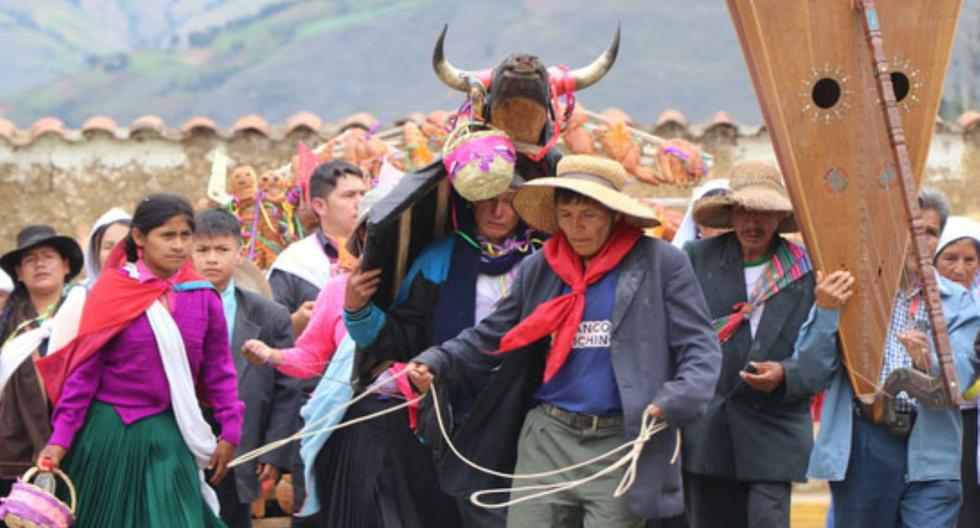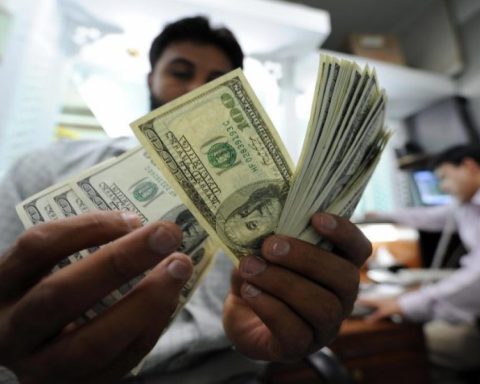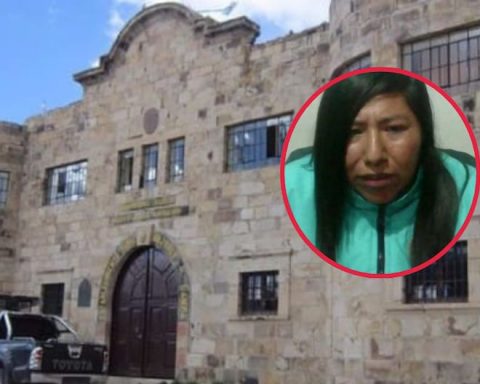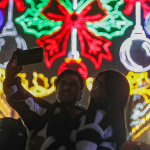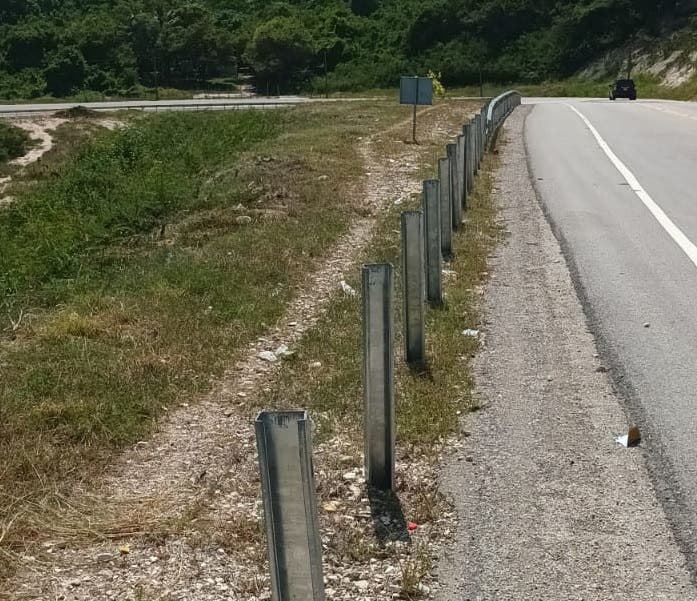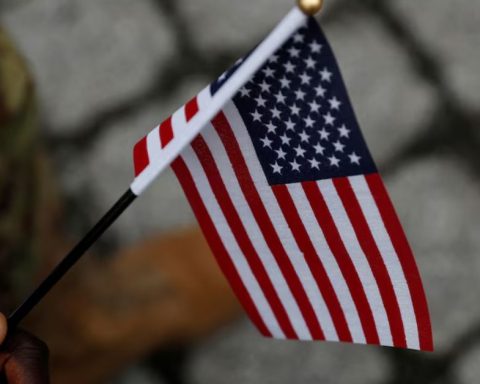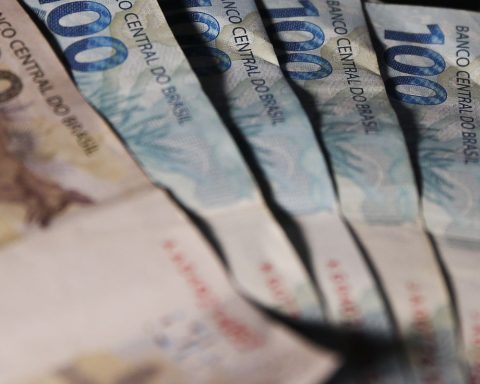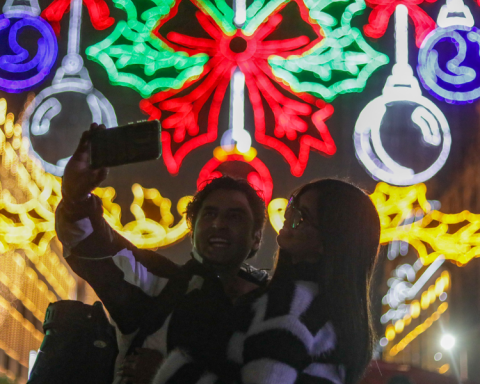The Government of Peru declared cultural heritage of the nation to kawrinus dancea carnival tradition in the municipality of Acomayo, in the central department of Huánuco, reported this Saturday the culture Ministry.
Through a resolution published in the official newspaper El Peruano, the Executive incorporated its cultural heritage this expression of the district identity of Acamayo, which is part of the local carnival tradition, between the months of February and March.
The dance, which according to the Ministry of Culture is “a vehicle for the conservation of a local musical tradition”, is a representation of the bull herding by residents of the highlands, known as kawrinus.
In times when the hacienda system dominated, the kawrinus were in charge of transporting the cattle of the local landowners during festival seasons and, due to their strength, they were perceived as a very differentiated group by the urban population of Acomayo and Huánuco. .
The dance is performed during carnival by troupes made up of a group of dancers who, among other characters, represent the kawrinus, the bullfighter and the grandmother who owns the bull, played by an elderly woman.
The dress of the kawrinus It refers to the rural origin of the muleteers. His headdress is a wide-brimmed straw hat, of northern origin, and his pants, formerly made of black lamb’s wool baize, are currently for dress, fastened at the waist with a girdle, normally woven of white wool or, failing that, Leather.
In the feet, kawrinus They wore leather sandals, although now they wear old dress shoes or high-top boots, and always carry a small bag called a “wallki” hanging from the left shoulder, a whistle and a bull’s horn for sacrifice.
The bullfighter, on the other hand, is played by a man who carries a bull figure on top, made with a wooden frame, covered with black cloth whose top is a painted head with real horns, and simulates a brave bull that threatens to ram the kawrinus and the nearby audience.
The costume of the women of the comparsa is reminiscent of the traditional clothing of the eastern region of the jungle area of Huánuco, as they wear a set consisting of a black or blue skirt and a white or light-colored blouse.
(With information from EFE)
